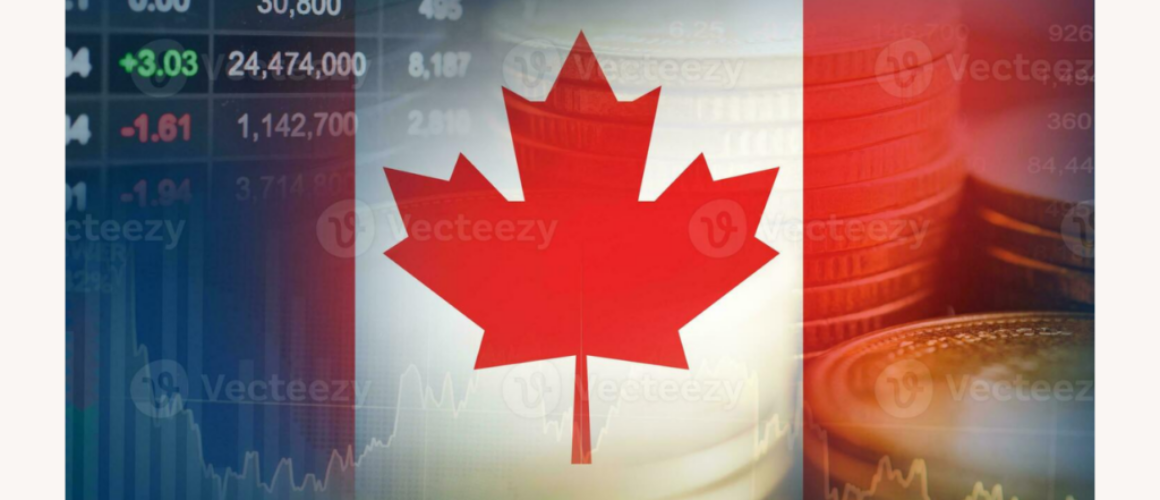Canadian Dollar Hits Three-Week Low Amid Trade War Concerns
The Canadian dollar, long seen as a barometer of the country’s economic health, dipped to a three-week low this week—trading at 1.3930 per U.S. dollar—as escalating U.S.-Canada trade tensions and uncertainty over interest rates rattled currency markets.
Although a moderate decline in the loonie is not unprecedented, the timing and context behind this latest dip are drawing fresh scrutiny. Investors are increasingly wary of how the prolonged standoff with the U.S. over tariffs and supply chain rules could weaken Canada’s export-driven sectors and ultimately pressure the Bank of Canada’s monetary policy path.
Why Is the Loonie Losing Ground?
Three key factors have converged to push the Canadian dollar lower:
- U.S. Federal Reserve Policy: Hawkish signals from the Fed, including no rate cuts in sight until Q4 2025, have strengthened the U.S. dollar globally. In contrast, the Bank of Canada has kept its benchmark rate flat and hinted at possible easing to support growth.
- Trade War Fallout: Ongoing disputes with the U.S. over softwood lumber, EV subsidies, and digital service taxes have heightened uncertainty. Foreign exchange traders are increasingly pricing in downside risk for the Canadian economy.
- Commodity Volatility: Canada’s resource-heavy economy means the loonie is closely tied to oil and metal prices—both of which have seen declines due to global demand fears and climate-related supply constraints.
The result? A Canadian dollar down nearly 2.5% month-over-month, and market sentiment shifting toward defensive positioning.
Impacts Across the Economy
- Import Prices Rise: Everything from groceries to electronics becomes more expensive for consumers, driving up inflation.
- Travel and Education Costs: Canadians studying or traveling in the U.S. face higher expenses. Even cross-border shopping trips are taking a hit.
- Export Advantage: While manufacturers benefit from a cheaper currency in the short run, trade war tariffs undercut much of this gain—especially for lumber, auto parts, and agriculture.
- Housing and Investment: Foreign investors might be tempted by cheaper Canadian real estate, but volatility could spook institutional capital flows.
According to a TD Economics report, if the loonie remains under 1.40 for more than a quarter, Canada’s GDP could contract by 0.3–0.5% by early 2026, depending on consumer and business adaptation.
Bank of Canada’s Dilemma
The central bank is now facing a tough balancing act:
- Cut rates to support exports and household spending, risking more currency pressure.
- Hold firm to maintain investor confidence, but risk suppressing domestic growth.
Governor Tiff Macklem has remained cautious, suggesting no “knee-jerk” policy moves, but emphasized the bank is watching foreign exchange markets “closely and with concern.”
Market Outlook: Temporary Dip or Long-Term Trend?
Currency strategists are split. Some believe the loonie’s dip is temporary and will reverse once trade tensions ease. Others warn of a deeper correction if:
- U.S. protectionism hardens into 2026
- Energy prices remain depressed
- Canada delays green economy investments
Meanwhile, options traders are already pricing in greater volatility in CAD/USD through summer—a signal that uncertainty is far from over.
Conclusion
The Canadian dollar’s recent slump is more than a technical correction—it reflects deep-seated investor unease about Canada’s trade relationships, commodity dependence, and central bank positioning.
How policymakers respond in the coming weeks—through diplomacy, economic supports, or interest rate signaling—may determine whether this is a short-lived currency wobble or the beginning of a broader recalibration.
